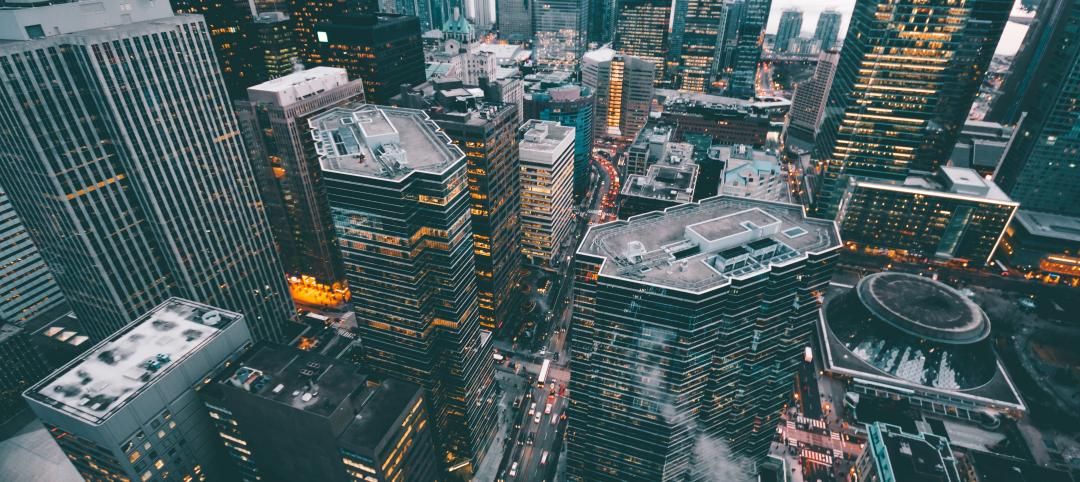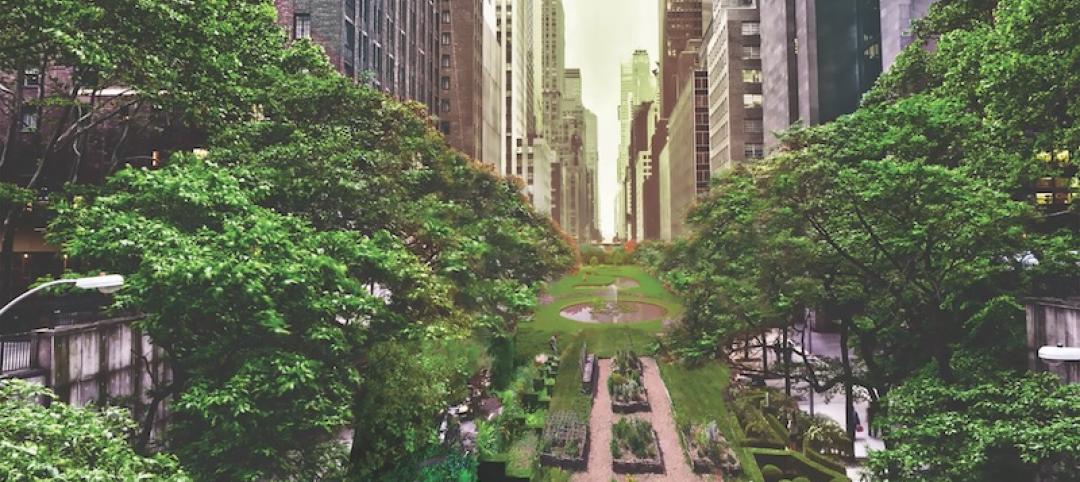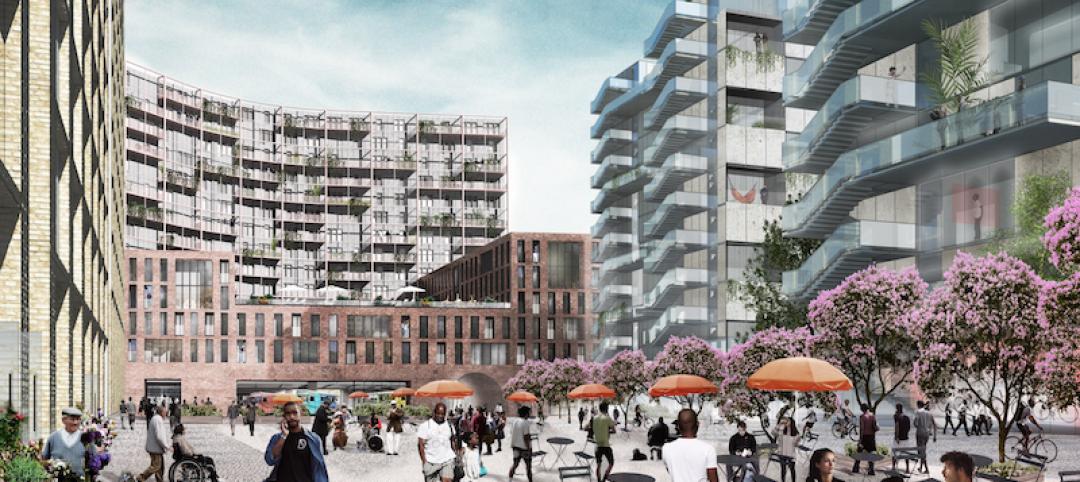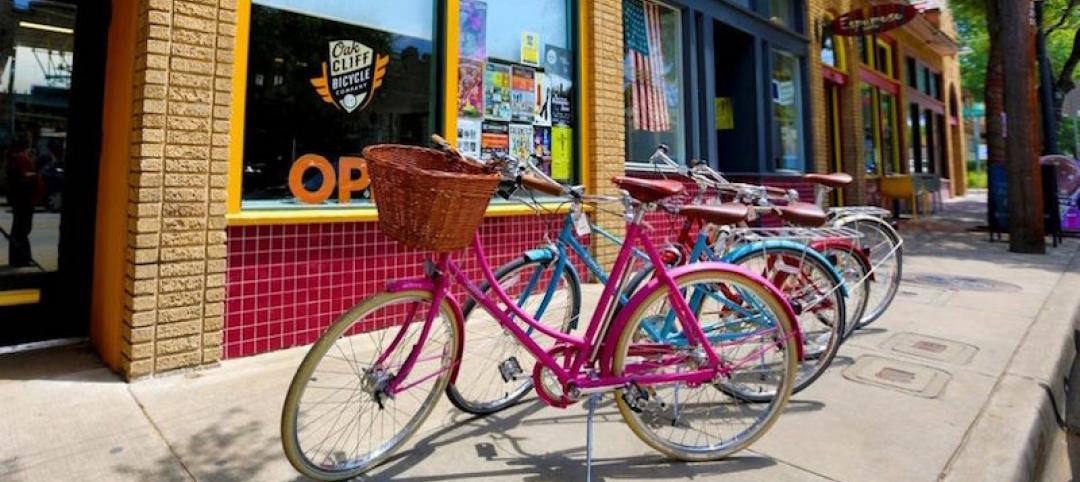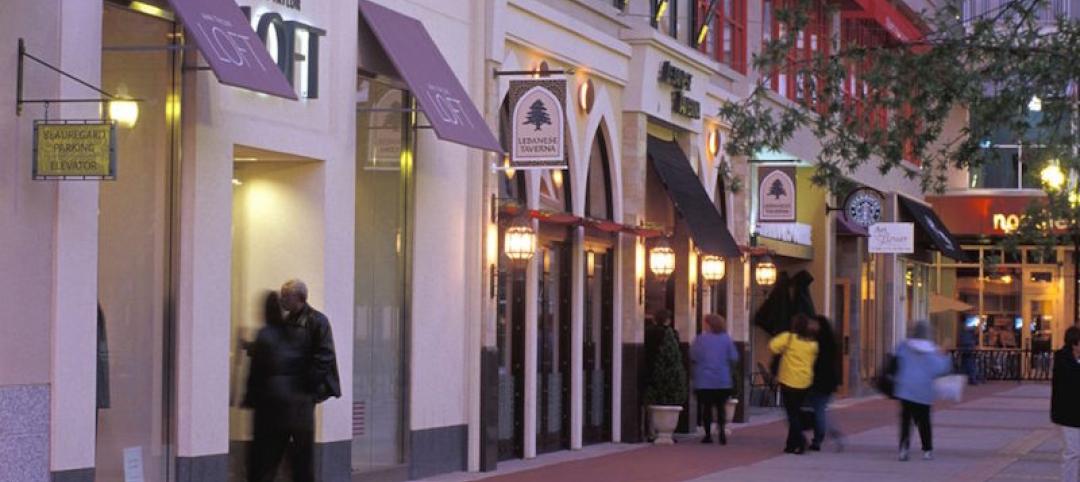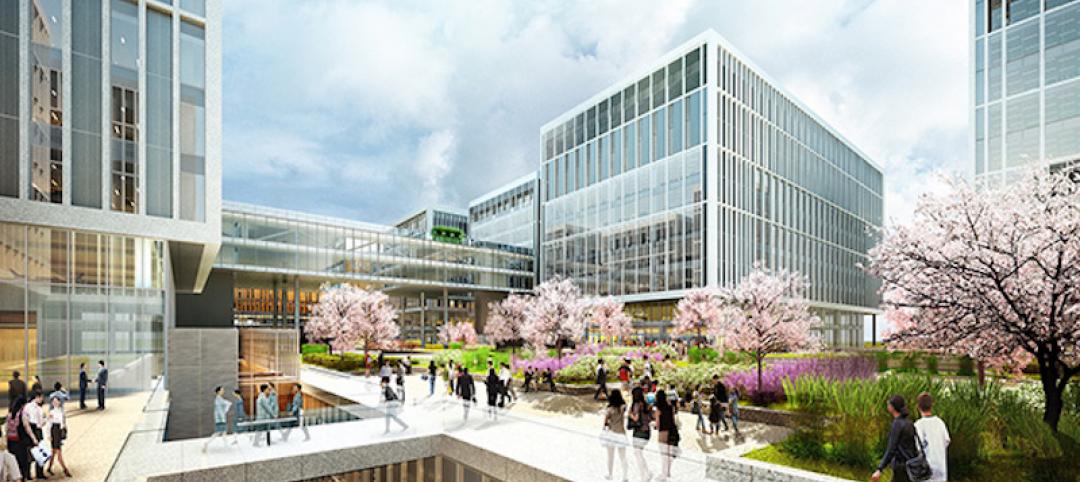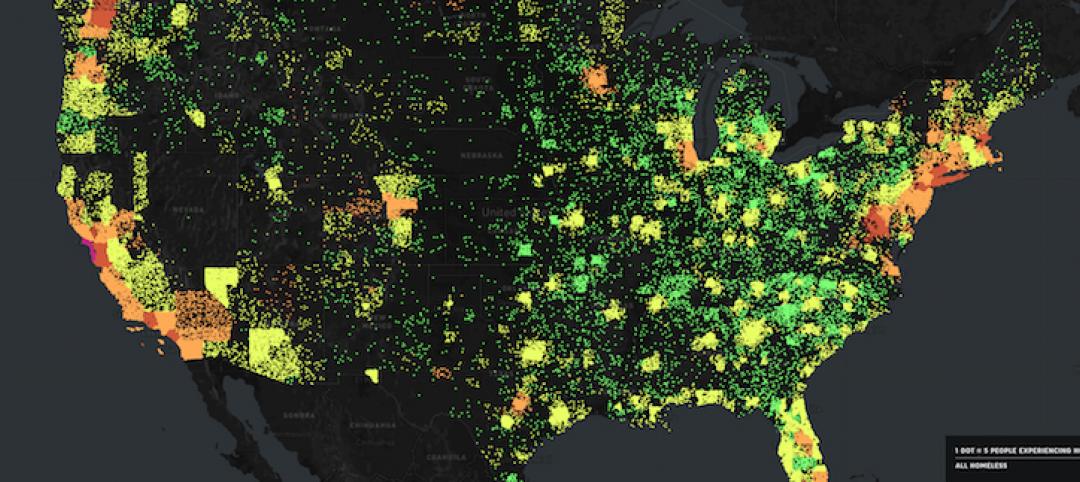In 2023, New York City recorded its safest year for pedestrians since record-keeping began in 1910. In a city of 8.5 million people, 101 deaths were due to vehicles striking pedestrians, less than one-third the number of the early 1990s.
New York City ramped up its efforts to make walking and biking safer in 2014 when the city reduced its speed limit to 25 miles per hour. It also launched a speed camera enforcement program and started campaigns to educate drivers and pedestrians.
In recent years, the city has redesigned dangerous intersections—1,500 such projects last year alone—using various strategies. These include:
- Implemented leading pedestrian intervals (LPIs) that lengthen red light intervals for a few seconds so pedestrians can get a head start
- Constructed raised crosswalks that slow cars and improve visibility
- Created more daylighting that removes parked cars near crosswalks to improve visibility
- Installed turn bumps, strips of high-visibility black-and-yellow plastic that prompt drivers to wait to turn instead of jutting out in front of pedestrians crossing the street
Smaller-scale safety fixes such as these don’t require outreach to local community boards or comprehensive studies. Other measures such as adding bike lanes or bus-only lanes that remove parking spaces are more contentious.
The city has more to do to make streets safer, though. Total traffic fatalities remain high, with drivers dying in crashes at greater rates than in past years. Experts attribute higher traffic fatalities to a spike in dangerous speeding and bigger vehicles.
In addition, fatal crashes involving cyclists are at a 23-year high. The rising number of electric bikes has been cited as a factor in cycle accidents mostly in vehicle collisions on roadways that lack bike lanes. The city has extended bike infrastructure in recent years, but just 3% of its streets currently have protected bike lanes.
Related Stories
Urban Planning | Dec 4, 2017
Can you spark an urban renaissance?
Thoughtful design, architecture, and planning can accelerate and even create an urban renaissance.
Urban Planning | Nov 20, 2017
Creating safer streets: Solutions for high-crash locations
While there has been an emphasis on improving safety along corridors, it is equally important to focus on identifying potential safety issues at intersections.
Urban Planning | Nov 16, 2017
Business groups present a new vision of Downtown Houston as that city’s unavoidable hub
The plan, which took 18 months to complete, emphasizes the centrality of downtown to the metro’s eight counties.
Architects | Oct 30, 2017
City 2050: What will your city look like in 2050?
What do we think the future will look like 30 years or so from now? And what will City: 2050 be like?
Great Solutions | Oct 17, 2017
Loop NYC would reclaim 24 miles of park space from Manhattan’s street grid
A new proposal leverages driverless cars to free up almost all of Manhattan’s Park Avenue and Broadway for pedestrian paths.
Mixed-Use | Aug 2, 2017
Redevelopment of Newark’s Bears Stadium site receives team of architects
Lotus Equity Group selected Michael Green Architecture, TEN Aquitectos, Practice for Architecture and Urbanism, and Minno & Wasko Architects and Planners to work on the project.
Urban Planning | Jul 21, 2017
Streets as storytellers: Defining places and connecting people
“In a city the street must be supreme. It is the first institution of the city. The street is a room by agreement, a community room, the walls of which belong to the donors, dedicated to the city for common use.” – Louis Kahn
Urban Planning | Jun 26, 2017
Convenience and community lead the suburban shift
As the demand for well-connected urban locales increases, so too has the cost of property and monthly rent; and as suburbs typically offer a bargain on both, more people are looking for a compromise.
Office Buildings | Jun 12, 2017
At 11.8 million-sf, LG Science Park is the largest new corporate research campus in the world
The project is currently 75% complete and on schedule to open in 2018.
Architects | May 26, 2017
Innovations in addressing homelessness
Parks departments and designers find new approaches to ameliorate homelessness.






